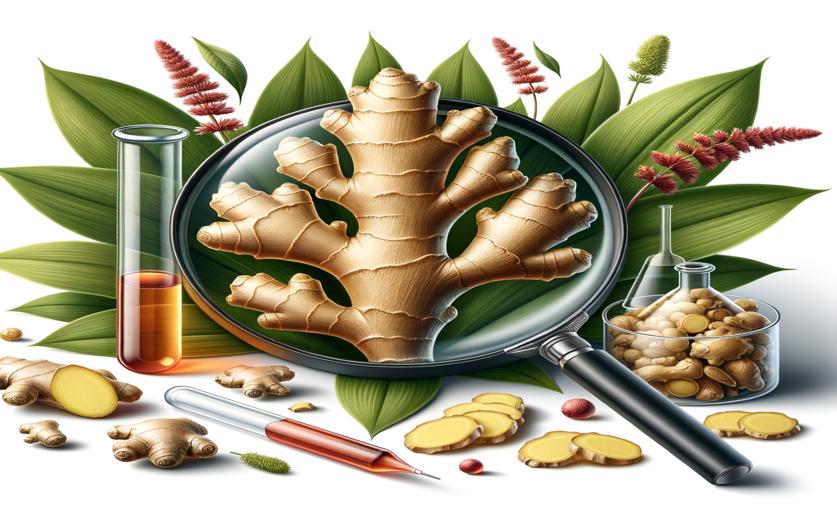
Discovering New Ginger Compounds with Enhanced Anti-Inflammatory Benefits
Jim Crocker
14th July, 2024

Image Source: Natural Science News, 2024
Key Findings
- Researchers at the National University of Tainan, Taiwan, developed a method to improve the solubility of gingerols using an enzyme called α-glucosidase
- The enzyme glycosylated gingerols into three distinct mono-glucosides, significantly enhancing their solubility and stability
- The glycosylated gingerols showed improved anti-inflammatory activity, with one compound exhibiting a ten-fold increase compared to the original gingerol
References
Main Study
1) Exploring gingerol glucosides with enhanced anti-inflammatory activity through a newly identified α-glucosidase (ArG) from Agrobacterium radiobacter DSM 30147.
Published 11th July, 2024
https://doi.org/10.1016/j.jbiosc.2024.06.004
Related Studies
2) Revisiting the therapeutic potential of gingerols against different pharmacological activities.
3) Gingerols and shogaols: Important nutraceutical principles from ginger.
4) Immunomodulatory and anti-inflammatory therapeutic potential of gingerols and their nanoformulations.



 25th March, 2024 | Jenn Hoskins
25th March, 2024 | Jenn Hoskins